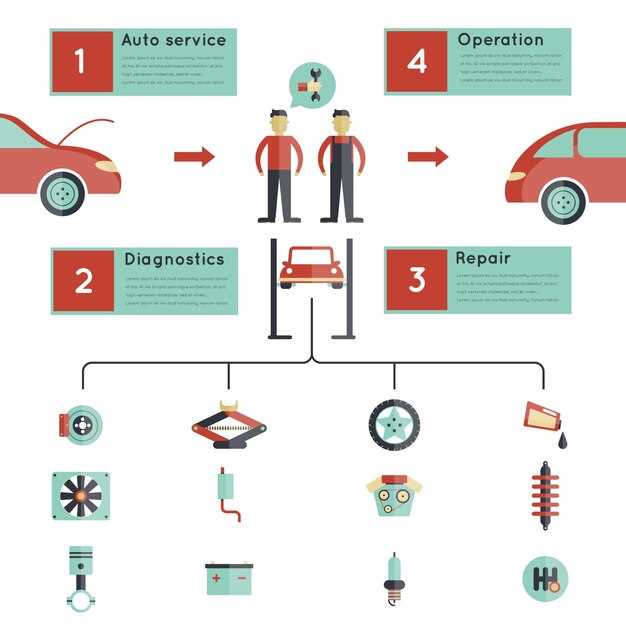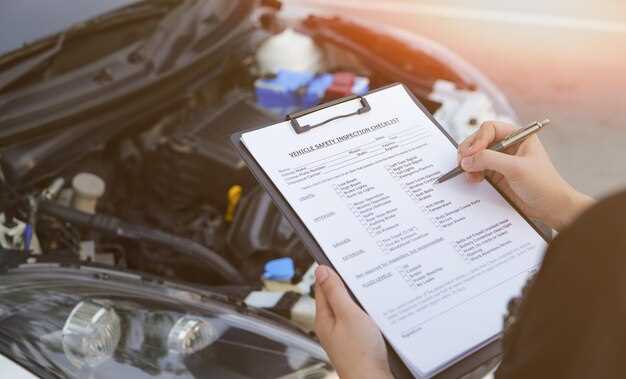
Maintaining a vehicle is crucial for ensuring its longevity, safety, and overall performance. A well-structured schedule for car maintenance can help vehicle owners keep their cars in optimal condition while preventing costly repairs in the future. Developing a practical maintenance schedule involves understanding the various aspects of car care and routinely performing necessary tasks to keep your vehicle running smoothly.
Regular maintenance not only enhances the performance of your car but also contributes to fuel efficiency and safety on the road. By creating a comprehensive schedule that incorporates both routine checks and more extensive services, you can avoid unexpected breakdowns and extend the lifespan of your vehicle. This article will guide you through essential steps in formulating an effective car maintenance schedule tailored to your specific needs.
In this discussion, we will cover key components of a maintenance schedule, from oil changes and tire rotations to brake inspections and fluid checks. Furthermore, we will provide tips on how to stay organized and remind you of timely maintenance tasks, ensuring that your car remains reliable and efficient for years to come. By prioritizing these aspects, you can drive with confidence, knowing that your car is well-cared for.
Identifying Key Maintenance Tasks for Your Vehicle

To ensure the reliability of your vehicle, it is essential to identify and prioritize key maintenance tasks. Creating a practical schedule allows you to manage these tasks effectively, preventing potential issues that may arise from neglecting essential upkeep.
One of the fundamental maintenance tasks is checking and changing the engine oil regularly. Fresh oil aids in reducing engine wear and improving overall performance. It is recommended to change the oil based on manufacturer guidelines, usually every 5,000 to 7,500 miles, depending on the vehicle and oil type.
Another critical task is monitoring tire health. Regularly inspecting tire pressure, tread depth, and overall condition can prevent accidents and enhance fuel efficiency. Rotating tires every 6,000 to 8,000 miles helps ensure even wear, extending their lifespan and maintaining safe driving conditions.
Brake maintenance is equally vital. Regular inspections of brake pads, rotors, and fluid levels can significantly impact your vehicle’s stopping power. Schedule these checks at least once a year or if you notice any changes in braking performance.
Additionally, checking and replacing air filters improves engine efficiency and cabin air quality. Dirty filters can hinder performance, so it’s wise to inspect them every 15,000 to 30,000 miles and replace when necessary.
Battery life should not be overlooked. Regularly test battery voltage and check for corrosion on terminals. A proactive approach to battery maintenance can prevent unexpected breakdowns and contribute to vehicle reliability.
Finally, do not forget about fluid levels. Engine coolant, brake fluid, transmission fluid, and wiper fluid should all be inspected regularly to ensure your vehicle operates smoothly. A complete fluid check at regular intervals will help maintain functionality and enhance longevity.
By creating a clear maintenance schedule that includes these key tasks, you can significantly enhance your vehicle’s reliability and reduce the risk of costly repairs down the line.
Establishing a Timeline for Regular Check-Ups

Creating a structured maintenance schedule is crucial for ensuring the longevity and reliability of your vehicle. Establishing a timeline for regular check-ups helps prioritize inspections based on mileage and time intervals, ensuring that essential components are monitored consistently.
For most vehicles, a general rule is to conduct a thorough check-up every 5,000 to 7,500 miles, depending on the manufacturer’s recommendations. This interval typically includes an oil change, filter replacements, and fluid level assessments. Moreover, regular check-ups should also incorporate tire rotations and alignments approximately every 6,000 to 8,000 miles.
It is also beneficial to plan seasonal inspections. For instance, a pre-winter check should focus on the battery, heating system, and antifreeze levels, while a pre-summer check may emphasize the air conditioning system and coolant levels. This strategy ensures your car remains in optimal condition throughout varying weather conditions.
Additionally, keeping track of significant milestones, such as when the vehicle reaches 30,000, 60,000, or 100,000 miles, is vital. Major services are typically recommended at these intervals, which may include replacing timing belts, spark plugs, and other critical components. Adhering to this timeline aids in preventing extensive repairs and enhances overall safety.
Using a digital calendar or a maintenance app can help you stay organized with reminders for upcoming check-ups. Documenting previous maintenance work also assists in identifying patterns or recurring issues, allowing for better preparation for future services.
In summary, establishing a clear timeline for regular check-ups is essential for effective vehicle maintenance. By following a well-organized schedule, car owners can ensure their vehicles are safe, efficient, and dependable over time.
Tracking Maintenance Activities to Ensure Reliability
To achieve optimal reliability in vehicle performance, it’s essential to implement a systematic approach to tracking maintenance activities. This involves keeping a detailed record of all maintenance services performed, along with any repairs or replacements made to various components of the car.
Regularly documenting maintenance activities ensures that car owners are aware of their vehicles’ history. This practice not only helps in anticipating future maintenance needs but also allows for timely interventions when issues arise. By maintaining an accurate log, you can identify patterns that may indicate recurring problems, enabling proactive measures to prevent breakdowns.
Incorporating technology, such as maintenance tracking apps or software, enhances this process significantly. These tools can send reminders for upcoming service checks based on mileage or time intervals, ensuring that no crucial maintenance task is overlooked. Furthermore, they can store records of all maintenance activities, making it easy to track past services and repairs.
Additionally, establishing a schedule for regular inspections is vital. These inspections should include checks on critical systems such as brakes, tires, and fluid levels. Following this routine will safeguard the car’s reliability and help in identifying any small issues before they escalate into major problems.
Ensuring reliability through meticulous tracking of maintenance activities ultimately saves time and money. It cultivates a culture of responsibility among vehicle owners, fostering awareness of the importance of maintaining their cars in optimal condition. Regular maintenance not only enhances the car’s lifespan but also contributes to safer driving experiences.

